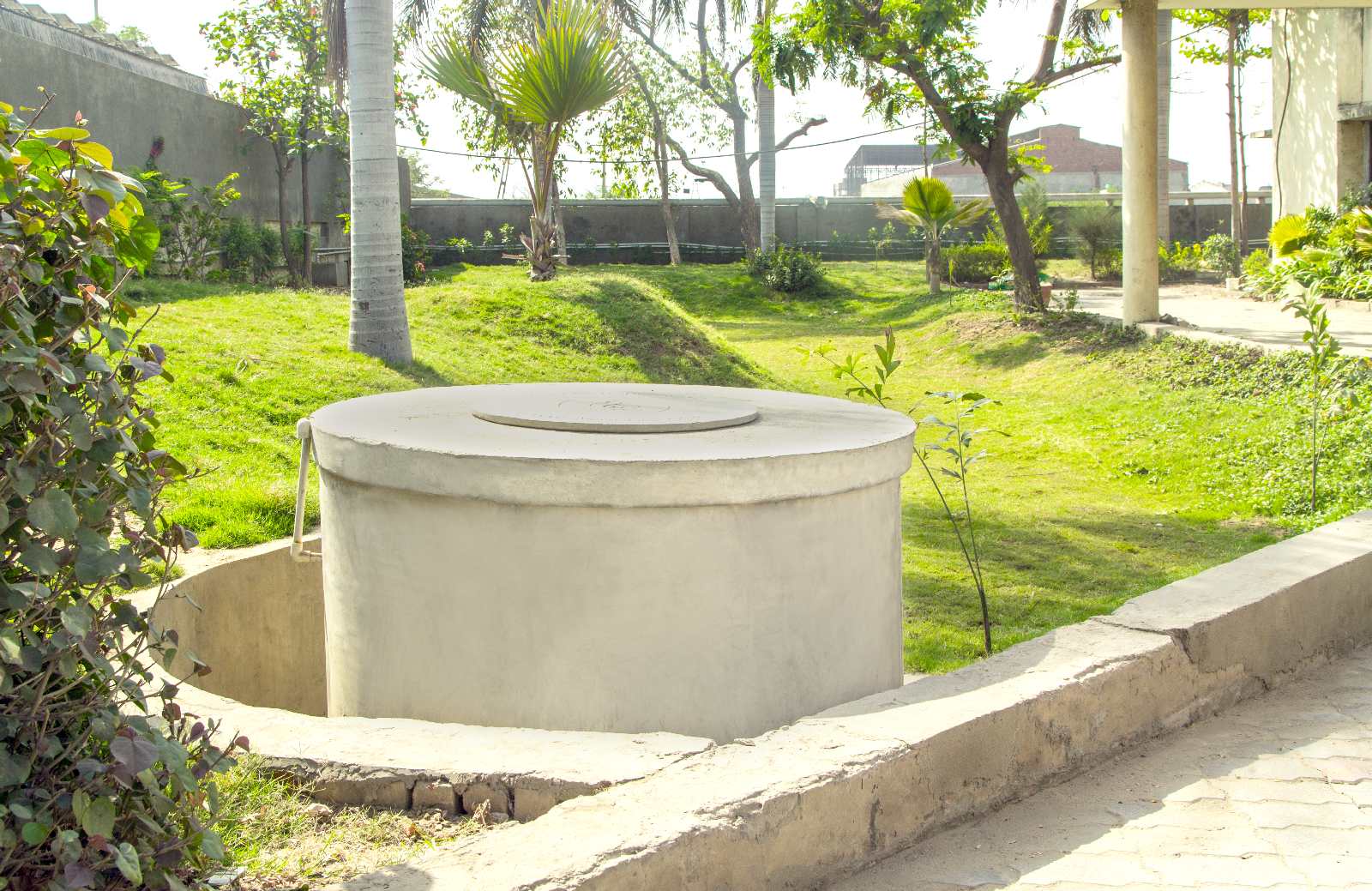Rain Water Recharging
The method of rainwater recharging helps you to save excess water by storing it in underground aquifers. The innovative design creates a water column around the percolator pipe and rushes the water to the bottom by building hydraulic pressure. The method effectively addresses water logging issues.
Hexaper
Request A QuoteClassified as a Class-V Infusion well, Hexaper recharges the groundwater and reduces water logging issues. The systems are more efficient if installed in a sunken area so that the maximum amount of water can be drawn into.
-
Places it can be installed
Small residences like bungalows, flats and farmhouses
-
Benefits
-
Fast method of recharge
-
Excellent process for the replenishment of the exploited aquifers
-
Improvement in Groundwater quality
-
Easy and simple maintenance
-
Cost-effective solution
-
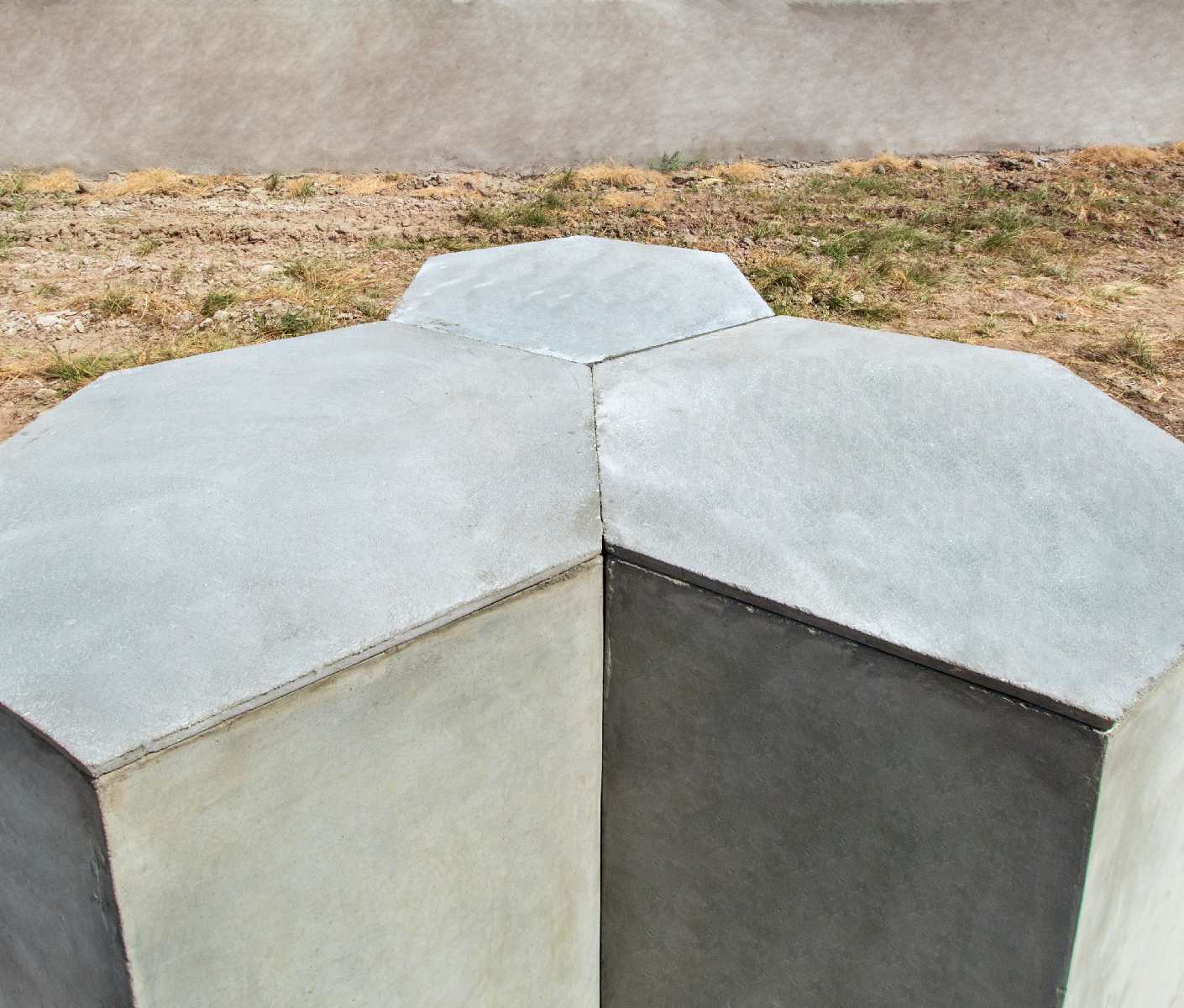
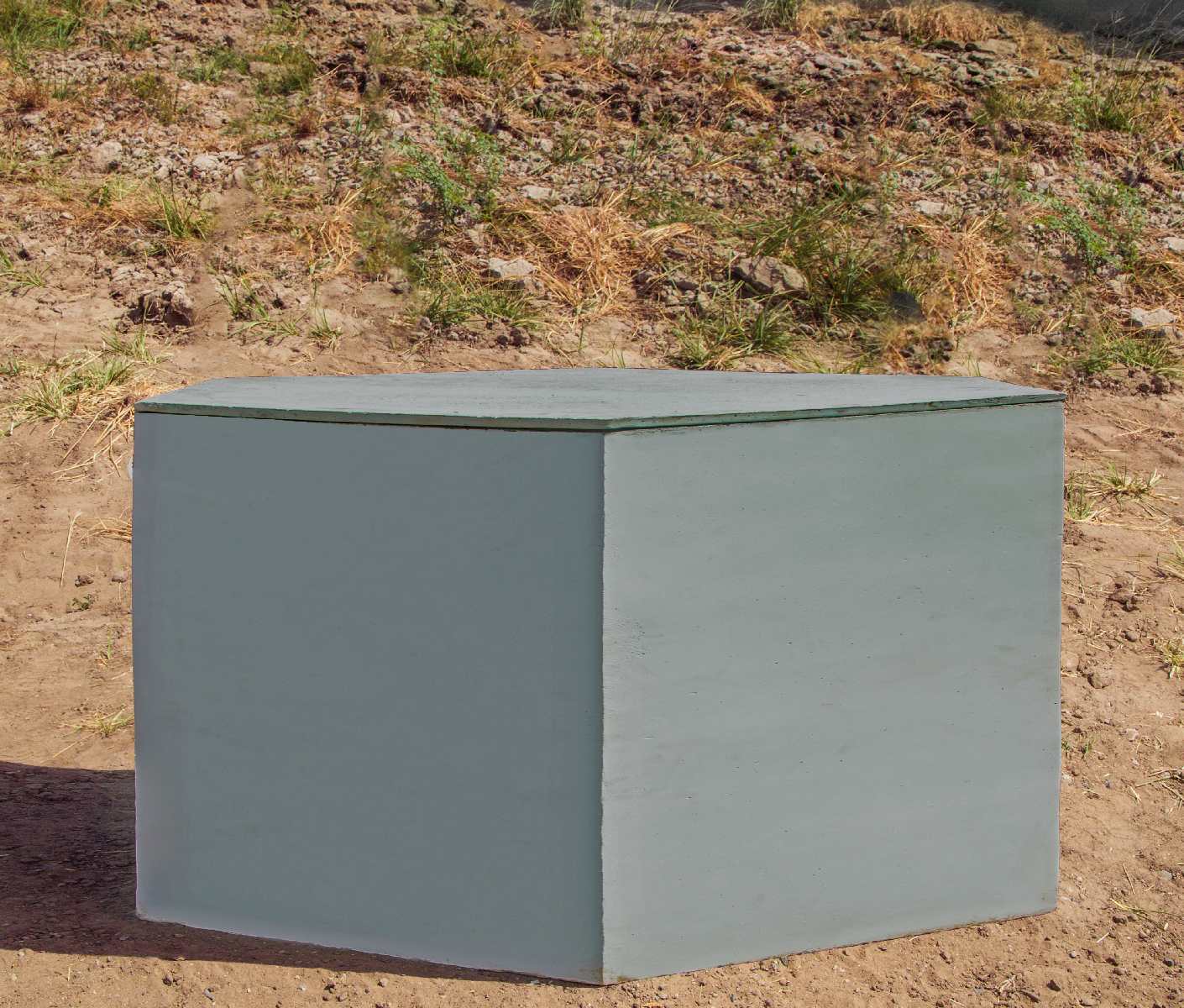
Aquaper
Request A QuoteAquaper’s unique technology replenishes the groundwater by employing hydraulic pressure to improve the percolation rate and drawing more amount of water than other systems.
-
Places it can be installed
Residences, industries, institutes, hospitals, club, townships, schools, malls etc.
-
Benefits
-
Fast method of recharge
-
Excellent process for the replenishment of the exploited aquifers
-
Improvement in Groundwater quality
-
Easy and simple maintenance
-
Scientifically designed
-
Govt. approved system
-
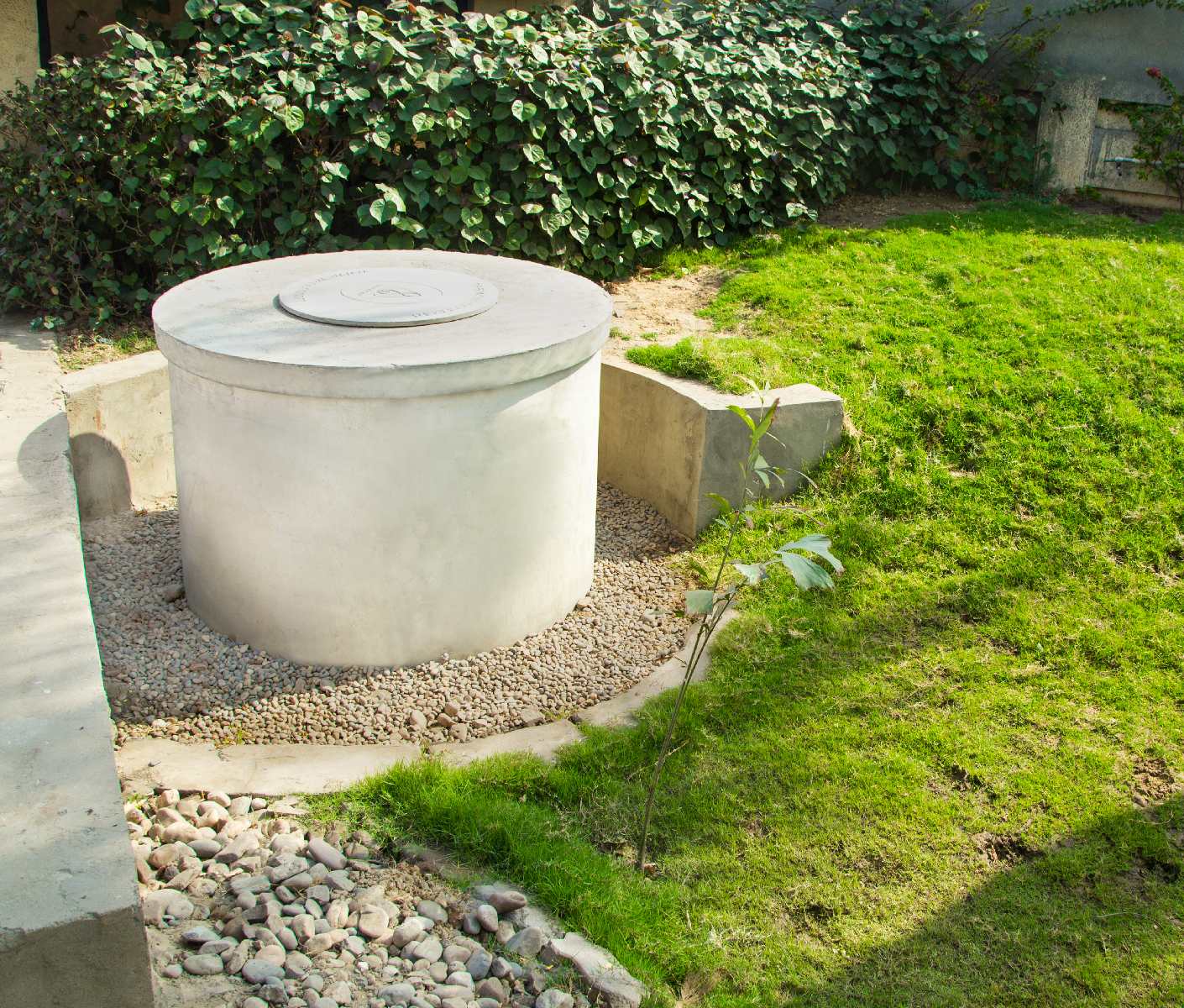
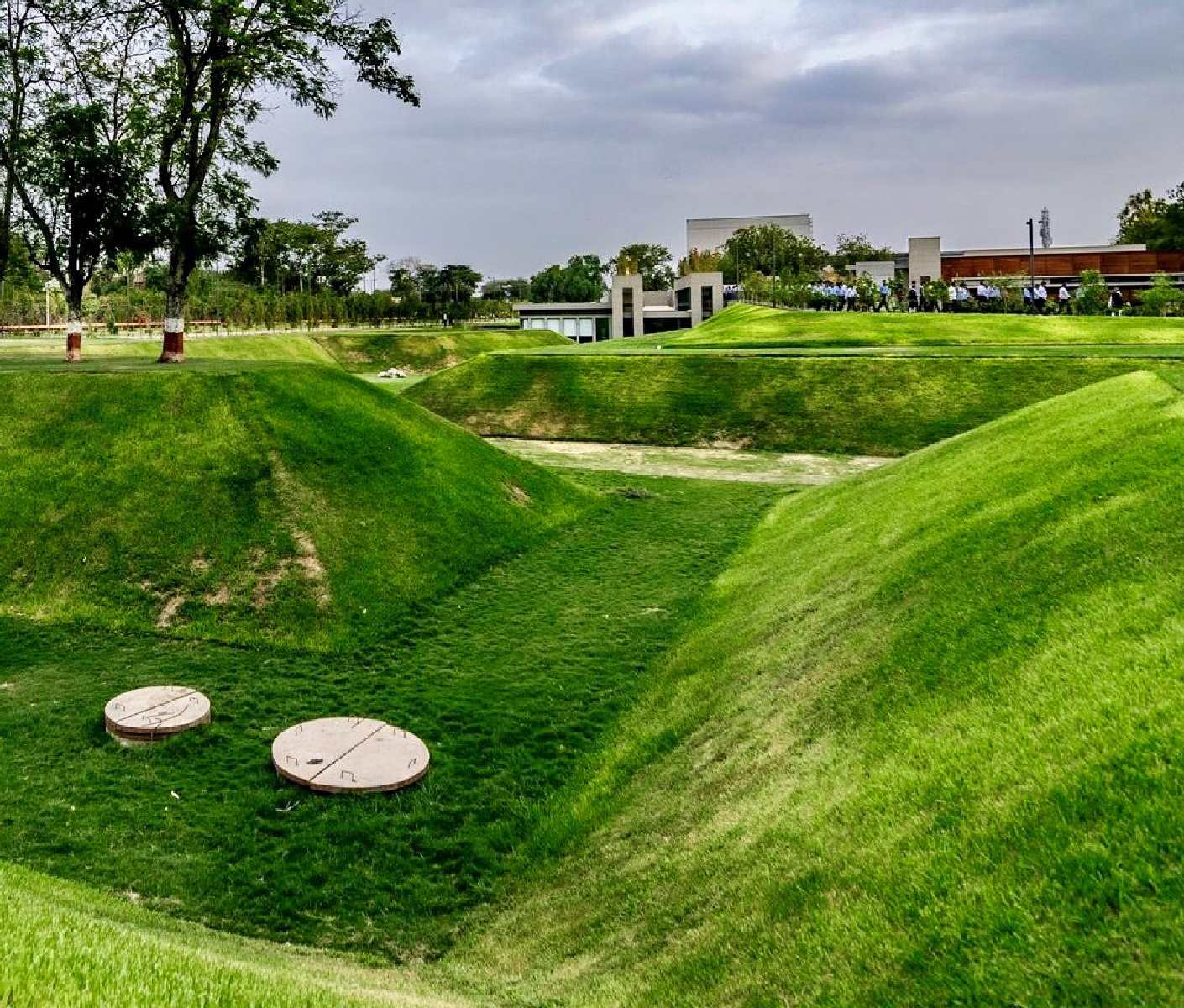
Product 3
Request A QuoteLorem Ipsum is simply dummy text of the printing and typesetting industry. Lorem Ipsum has been the industry's standard dummy text ever since the 1500s, when an unknown printer took a galley of type and scrambled it to make a type specimen book. It has survived not only five centuries, but also the leap into electronic typesetting, remaining essentially unchanged
It has survived not only five centuries, but also the leap into electronic typesetting, remaining essentially unchanged.
-
Concept Development
Lorem Ipsum is simply dummy text of the printing and typesetting industry. Lorem Ipsum has been the industry's standard
-
Detail Engineering
Lorem Ipsum is simply dummy text of the printing and typesetting industry. Lorem Ipsum has been the industry's standard



